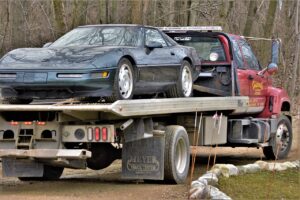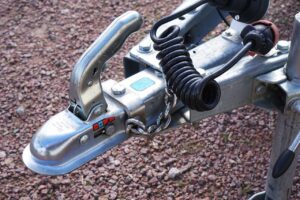Custom automotive wire harnesses are engineered to fit and function within specific vehicle systems, providing a tailored solution for powering and connecting electrical components. However, even with the best design and installation practices, issues can arise that affect performance. Troubleshooting these complex assemblies can be daunting, but with the right approach and understanding, you can identify and resolve issues efficiently. This blog offers practical tips for troubleshooting custom automotive wire harnesses, ensuring your vehicle’s electrical system remains in top condition.
Understanding the Basics
Before diving into troubleshooting, it’s crucial to have a basic understanding of your vehicle’s electrical system and the specific configuration of your custom wire harness. Familiarize yourself with the wiring diagram and note any customizations that may affect standard troubleshooting procedures.
Common Issues and Solutions
Electrical Shorts and Open Circuits
- Symptom: Fuses blow frequently, or certain components fail to operate.
- Tip: Use a multimeter to check for continuity. A lack of continuity suggests an open circuit, while a short circuit may be indicated by a low resistance reading between a wire and ground. Trace the wiring visually for any signs of damage or wear that could cause these issues.
Poor Ground Connections
- Symptom: Intermittent electrical problems, dim lights, or erratic behavior of electronic components.
- Tip: Inspect ground connections for corrosion, looseness, or damage. Clean and tighten all ground points, and consider adding additional ground points if necessary to improve the system’s grounding.
Corroded Connectors and Terminals
- Symptom: Resistance in electrical flow, leading to component malfunction.
- Tip: Disconnect and inspect connectors for signs of corrosion or moisture ingress. Clean with electrical contact cleaner and, if severely damaged, replace the connectors or terminals.
Overloaded Circuits
- Symptom: Fuses blowing without an obvious short circuit.
- Tip: Review the circuit’s load compared to its design. Adding aftermarket components can overload circuits. Consider redistributing the load or upgrading the circuit to accommodate additional power requirements.
Faulty Wiring or Insulation Damage
- Symptom: Exposed wires, causing shorts, or erratic component operation.
- Tip: Inspect the harness for any physical damage, such as cuts, abrasions, or melted insulation. Repair or replace damaged sections of the wire harness to restore insulation integrity.
Troubleshooting Process
- Visual Inspection: Begin with a thorough visual inspection of the wire harness, looking for obvious signs of damage, wear, or incorrect installation.
- Verify Connections: Ensure all connectors are properly seated and that pins are not bent or corroded.
- Test Continuity and Resistance: Use a multimeter to check for continuity and resistance in suspect circuits. This can help identify open or short circuits.
- Check Voltage and Grounds: Measure voltage at various points in the circuit to ensure proper power supply. Verify that all ground connections are solid and free from corrosion.
- Isolate the Problem: If possible, isolate sections of the harness or specific circuits to narrow down the source of the issue.
- Consult the Wiring Diagram: Always refer back to the wiring diagram for your specific setup, especially when dealing with custom configurations.
Tips for Successful Troubleshooting
- Stay Organized: Keep track of any changes or tests you perform. This can help if you need to backtrack or if the issue becomes more complex.
- Be Patient: Troubleshooting can be a process of elimination. Take your time to understand the issue fully before attempting fixes.
- Safety First: Always disconnect the battery or power source before working on electrical components to avoid shocks or accidental shorts.
Conclusion
Troubleshooting custom automotive wire harnesses requires a methodical approach, attention to detail, and a solid understanding of electrical principles. By following these tips and using the right tools, you can identify and fix most issues, ensuring your vehicle’s electrical system operates reliably and efficiently. Remember, when in doubt, consulting with a professional or the harness manufacturer can provide additional insights and support.
If you need custom wiring harness or cable assemblies, feel free to contact WiringLabs.



